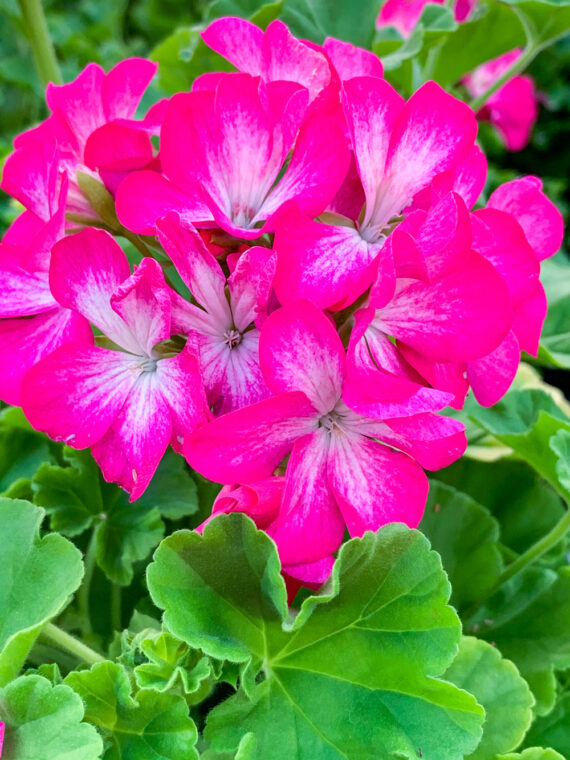HOURS Daily:Monday – Friday NOON – 5:00 PM | Saturday – Sunday 10:00 AM to 5:00 PM
Seed Geraniums PREMIUM Flats
This is our store shop page. You can find what we carry below, create your own wishlist for later, or complete an order to pick-up and pay at the store. Photos and colors may vary based on their maturity.
Happy shopping!
$4.95 – $53.50
Available in PREMIUM packs or flat. Two plants per pack and 12 packs in a full flat.
PREMIUM packs and flats are more expensive than regular packs and flats and cannot be mixed and matched with regular packs and flats, only with premium.
Please note that some of the colors and variants of Seed Geraniums Pinto may not be available at all times due to seasonal availability or high demand. We strive to offer a wide range of vibrant colors, but specific varieties may vary depending on stock. If a particular color is unavailable, please check with us for alternative options or upcoming availability.
Our Seed Geraniums available in convenient packs and flats, perfect for gardeners looking to grow vibrant blooms in larger quantities. Each pack contains 2 plants per pack, allowing for easy planting and arrangement in your garden or containers. With 12 packs per flat, you can cover larger areas or multiple garden beds with beautiful, colorful geraniums. These seed-grown geraniums offer uniform growth, strong branching, and a wide range of rich, bold colors. Ideal for both home gardeners and landscapers, they’re easy to grow, low-maintenance, and perfect for adding long-lasting color to any outdoor space. Whether planting in rows, containers, or hanging baskets, these Seed Geraniums will provide stunning, vibrant displays all season long.



